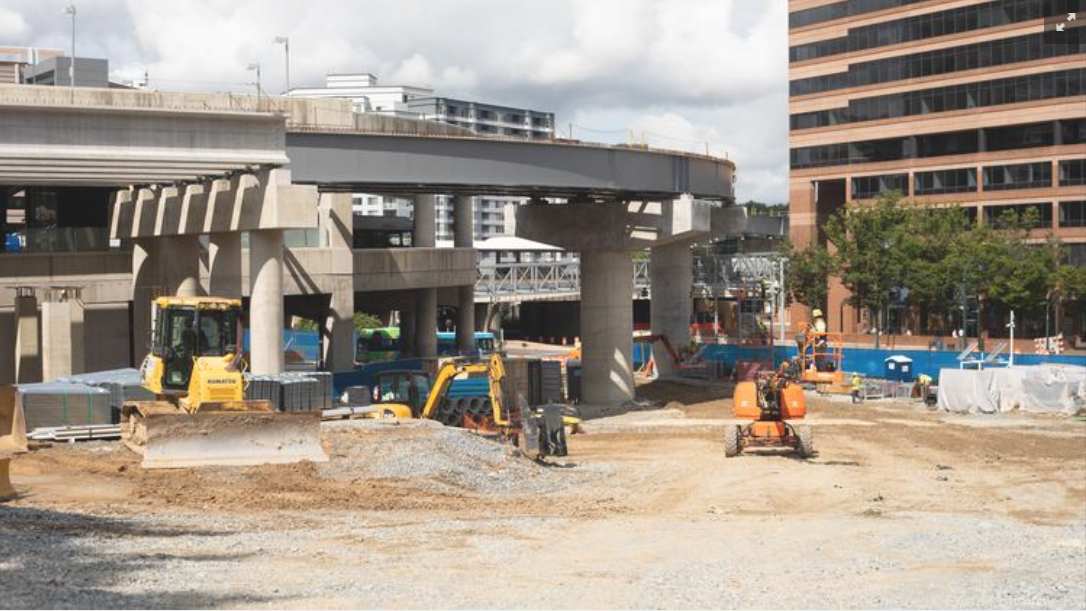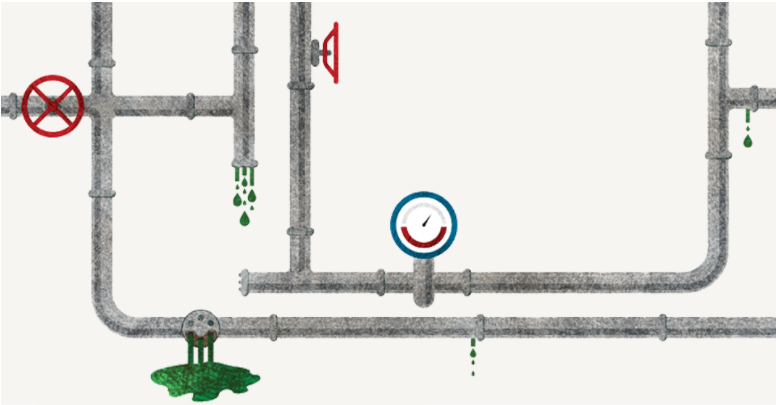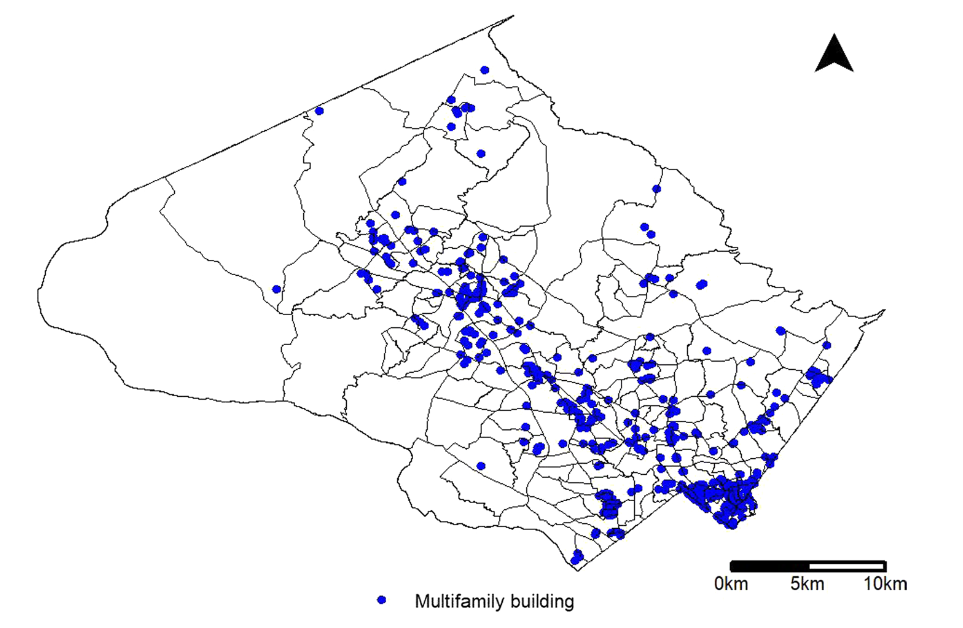PLCC Director Sheila Somashekhar and NCSG Associate Director Nick Finio quoted in Washington Business Journal
For many Purple Line proponents, it’s a sad fact that massive public infrastructure projects tend to suffer delays. So while no developer wants to plan a project around a future mass transit hub and then wait years for it to actually come online, many are well aware that such things are possible, if not likely.
“There are plenty of people who probably remember how long it took to get the Green Line built, all those decades of funding battles,” said Nick Finio, associate director of the University of Maryland’s National Center for Smart Growth Research and Education. “It’s unfortunate, but this kind of thing does happen.”
Any delay in the development of communities along the Purple Line does, at least, give advocates and lawmakers time to prepare for the spike in housing prices expected to follow the line’s completion. That’s a bit more challenging amid a pandemic that’s sapped government subsidies for affordable housing, but it does provide one small bright spot to these latest Purple Line problems.
“We don’t stop, that’s the long and short of it,” said Sheila Somashekhar, director of the Purple Line Corridor Coalition. “We know there’s some challenging months and maybe years ahead of us, but the goals we have are multi-year goals, regardless.”



